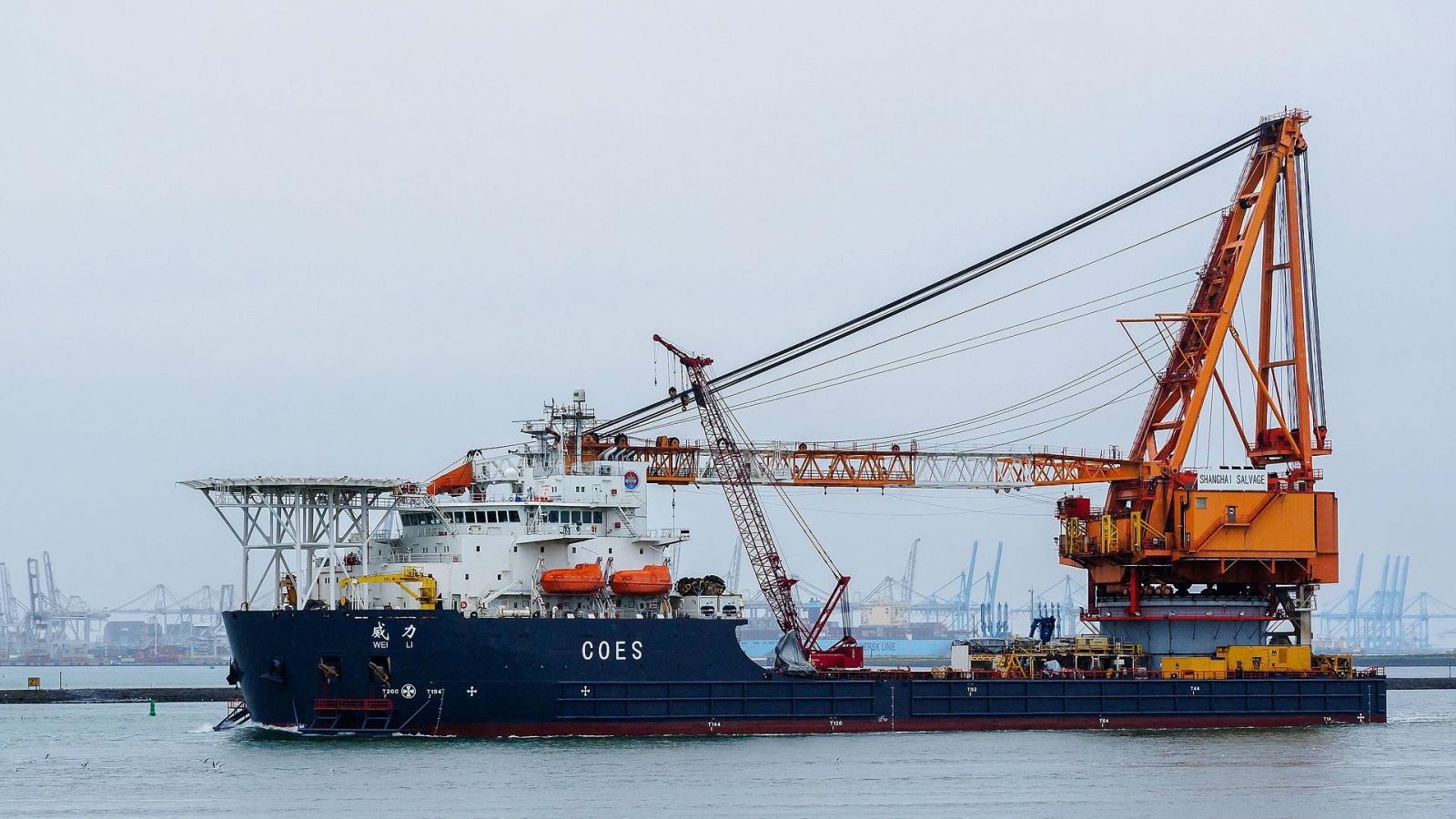Five Common Causes of Crane Failure

.jpg) Although each ship’s crane failure is unique, there are often similarities between them, right across the global shipping industry, such that many of the incidents could have been avoided.
Although each ship’s crane failure is unique, there are often similarities between them, right across the global shipping industry, such that many of the incidents could have been avoided.
Based on Brookes Bell’s experience, the number of major on-vessel crane casualties would appear to be decreasing. However, the incidents that still occur can result in far-reaching consequences for shipowners, operators, stevedores and seafarers. These consequences not only include upfront damage costs, but also the impact of injury, or even death, as well as costs and time lost as a result of the crane being taken out of service while the incident is investigated and repairs are completed.
There are numerous factors that can cause a failure, and it is essential to complete a best practice forensic investigation to identify the root cause of a ship’s crane failure. This investigation should involve mobilizing the right experts on site from the outset to ensure early evaluation and preservation of vital evidence that will, in turn, assist in the efficient conclusion of a crane failure dispute.
Brookes Bell’s crane experts, supported by a multidisciplinary team including metallurgists, tribologists, naval architects, and other specialists, have investigated thousands of crane failures across the world. Notwithstanding the fact that each case is unique, Brookes Bell has identified a number of commonalities between incidents across the global shipping industry. Among the most common are:
1. Wires
Wire failures are the most common cause of crane incidents. On a ship’s crane, wires can fail due to being overloaded, fatigued, having a pre-existing defect, or suffering from deterioration. This type of incident can cause serious damage, with hook loads, predominantly cargo, being dropped unexpectedly from height.
2. Slew Bearings
If slew bearings are not properly specified for their required service use, monitored correctly, and looked after in service, then over a period of time, their failure can be catastrophic; ultimately resulting in the whole crane toppling over, with serious human and financial implications.
3. Sheaves
Sheaves must have their bearings greased on a regular basis. Remote greasing systems may fall into disrepair, meaning it becomes necessary to grease the bearings locally, often involving the use of rigging to climb up a crane and gain access to the relevant area. Once the maintenance becomes more difficult and time consuming, it is more likely that it will be neglected, in turn making a crane failure more likely. Sheave issues are likely to promote abnormal and accelerated wire wear.
4. Mishandling
Mishandling a crane or swinging its load can cause damage including major structural collapse, with serious implications in worst-case scenarios. The actions of the crane operators, commonly stevedores, should be monitored, and controlled as necessary, by those on board.
5. Maintenance misconceptions
Manufacturers can describe a number of key crane components as ‘maintenance free’. However, Brookes Bell has investigated crane failures that have been caused by such components, which still require periodic overhaul. Individuals have interpreted manufacturer’s guidelines and assumed that certain crane components do not require any maintenance over their entire lifecycle.
Underlying issues
It is in the owners’ and operators’ best interests to mitigate the risk of crane failures. As the list above demonstrates, many of the most common causes of crane failure are avoidable. So why do incidents still occur?
One answer is that cranes are often not given the priority that they deserve as highly complex pieces of machinery. It is easy to understand why this neglect occurs. Unlike a vessel’s main engine, which must be kept in full working order for the vessel to perform its role, a crane is only required at specific times, i.e. when loading or unloading cargo. Although cranes are not at use during a vessel’s voyage, their ropes and other elements can still be subject to degradation caused by the marine environment, which can eventually lead to failure.
Furthermore, owners’ and operators’ efforts to reduce costs, in the current difficult financial climate, can negatively impact on maintenance regimes and the pro-active periodic overhaul of critical machinery items.
Prevention
To minimize the risk of failures, ship owners and operators should follow a planned maintenance regime for the inspection and care of cranes, adhering to necessary requirements.
Furthermore, in my personal opinion, a positive step forward would be the inspection of a ship’s crane by the manufacturer or a specialist crane service engineer on a five yearly basis. These inspections should be inclusive of the crane’s hydraulic pumps and motors.
One suitable way for the crane operator to assess the internal condition of the hydraulic pumps and motors is via hydraulic oil analysis. This involves sending a sample of hydraulic oil to a shore based laboratory where it can be examined for contaminants and wear debris. If internal wear is suspected, shipowners can then take suitable measures to address the issue.
Chris Dyson is a senior partner and marine engineer at Brookes Bell.
The opinions expressed herein are the author's and not necessarily those of The Maritime Executive.
